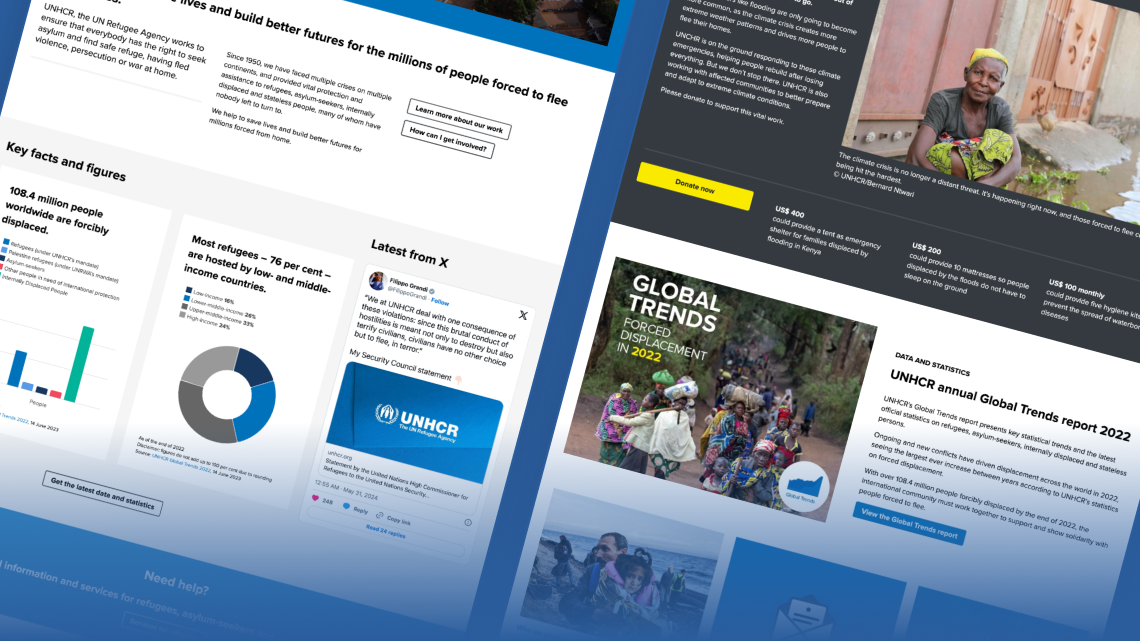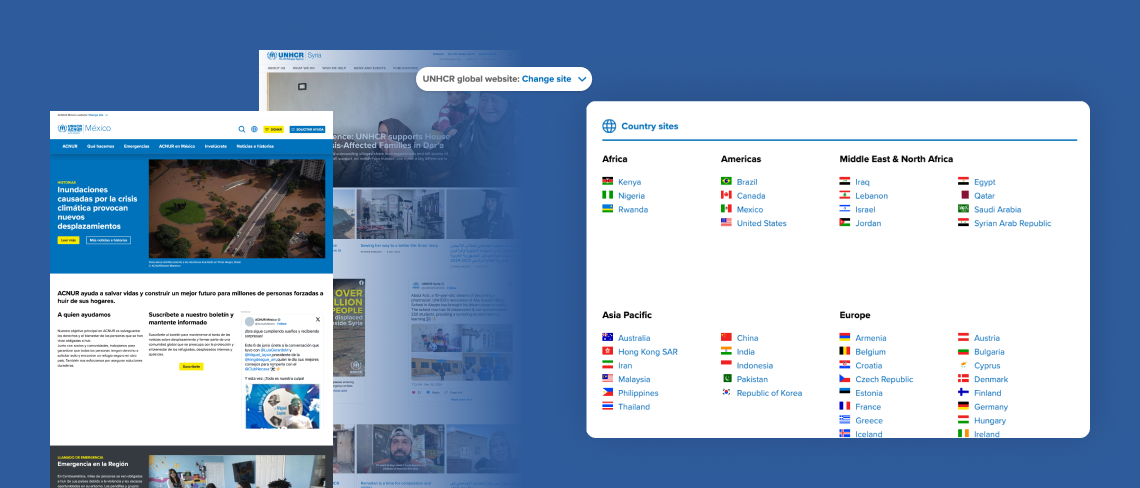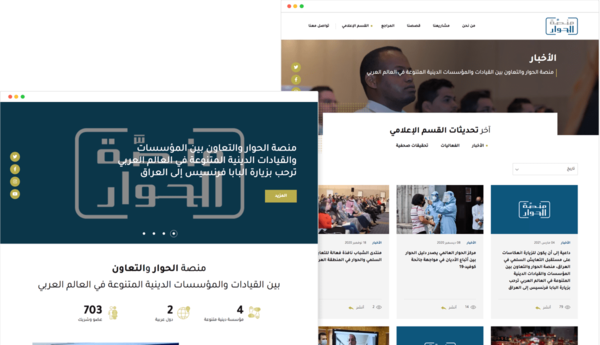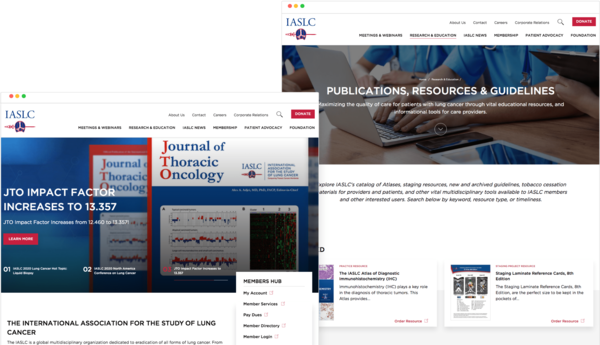
The United Nations High Commissioner for Refugees (UNHCR) is a global UN agency headquartered in Geneva, Switzerland, dedicated to protecting refugees, forcibly displaced communities, and stateless people. With nearly 19,000 employees in 138 countries, UNHCR’s mission depends on timely and accurate digital communications, making a secure, scalable digital platform like Drupal essential to its operations. This case study explores UNHCR’s Drupal migration journey to unify and modernize its global web presence.
However, maintaining a digital presence that effectively serves millions of displaced individuals, partner organizations, and donors was becoming increasingly complex. UNHCR’s digital ecosystem spanned 350+ websites, built over decades on different platforms, leading to content inconsistencies, security risks, and operational inefficiencies. The main site is available in English, French, Spanish, and Arabic, while the country and region-specific sites are available in a multitude of different languages. To address these challenges, UNHCR embarked on a mission to modernize its digital infrastructure with Drupal—a move that would unify its web presence and significantly improve efficiency.
The Challenge: A Fragmented and Outdated Web Presence
UNHCR’s websites evolved, with no unified framework to manage them efficiently. Key challenges included:
- Inconsistent Branding & Content Management
Without a centralized system, each site operated independently, making it difficult to maintain a cohesive brand identity and update critical content.
- Multilingual Complexities
UNHCR serves diverse global audiences, but managing content across multiple languages and regions was cumbersome.
- Lack of Agility
Launching new sites for campaigns or emergency responses was slow and resource-intensive.
- SEO & Discoverability Issues
Google flagged duplicate content with multiple overlapping sites, affecting visibility and engagement.
- Security Risks & Maintenance Overhead
Legacy systems, including Outdated WordPress and Texis-based sites, posed significant security vulnerabilities.
Recognizing the need for a unified digital strategy aimed at consolidating its multi-site ecosystem into a single CMS, UNHCR selected Drupal as the foundation for its transformation, focusing on scalability, security, and editorial flexibility.

The Solution: A Scalable, Future-Proof Drupal Ecosystem
In 2021, Vardot partnered with UNHCR to modernize and unify its extensive digital ecosystem. Our existing long-term agreement with UNICEF facilitated this collaboration, which allowed other UN agencies to leverage the same partnership framework.
Phase One: Auditing & Strategic Planning
The project began with a comprehensive audit of UNHCR’s 350+ websites to determine migration priorities. This process included:
- User surveys to understand audience needs.
- Stakeholder and editor interviews to assess content management challenges.
- Technical assessments to evaluate the feasibility of migration.
- Third-party system analyses to ensure compatibility with external integrations.
Following this assessment, we identified that while some websites remained functional, others had become outdated, difficult to manage, and inefficient. The strategy was clear—migrate and consolidate the fragmented system into a single, robust Drupal-based platform.
Phase Two: Migrating to Drupal
At the time, UNHCR's websites were a mix of WordPress and a legacy CMS called Texis, which had been heavily customized by a previous vendor but was no longer scalable or efficient. To streamline the transition, we implemented a phased migration approach:
- Migrating the main UNHCR.org site to Drupal (Minimum Viable Product - MVP stage).
- Phasing out Texis-based websites and consolidating them under the new system.
- Transitioning WordPress sites to ensure full integration within the unified Drupal framework.
Key Innovations & Enhancements
To future-proof UNHCR’s digital infrastructure, Vardot introduced several cutting-edge solutions within the new Drupal ecosystem:
✔ A Single, Standard Drupal Codebase – Ensuring consistency, security, and streamlined updates across all sites.
✔ A Unified Design System – Delivering visual and branding consistency across UNHCR’s multilingual and multi-regional web presence.
✔ Automated Content Synchronization – Enabling seamless content sharing across multiple sites while maintaining editorial flexibility.
✔ Advanced SEO Optimization – Canonical links and smart content distribution to boost visibility and prevent duplication issues.
✔ Enterprise CMS Distribution (Varbase) – Custom Drupal tools enabled UNHCR to launch feature-rich sites faster.
✔ Drag-and-Drop Page Building – Empowering editors with an intuitive WYSIWYG interface for flexible content creation.
✔ Headless Search with React – Delivering lightning-fast, AI-driven search functionality across all UNHCR platforms.
✔ Mobile-Optimized Experience – Ensuring seamless usability across all devices.
✔ Single Sign-On Integration – Enhancing security and simplifying access for internal teams.
Collaborative Design & Secure Hosting
UNHCR’s in-house design team utilized Figma to craft the new multi-site system, while Vardot focused on development, implementation, and editor training to ensure smooth adoption.
For hosting, we collaborated with the United Nations International Computing Centre (UNICC), the leading technology provider for UN agencies. This strategic hosting solution delivered:
- Enhanced security to withstand cyber threats targeting humanitarian organizations.
- Cost savings through optimized infrastructure and resource allocation.
- A modern CI/CD pipeline, leveraging Kubernetes technology for efficient deployment and scalability.
The Results
The UNHCR web migration is ongoing, with additional WordPress sites that are currently being transitioned to Drupal. By unifying its digital ecosystem, UNHCR has created a more efficient, secure, and scalable platform that ensures consistency across its multilingual and regional sites.
The new system has optimized performance with faster page load times, improved navigation, and enhanced SEO, making critical information more accessible to refugees, donors, and partners. Editorial workflows have also become more efficient, allowing teams to update content quickly and maintain brand cohesion.
With a future-proof infrastructure in place, UNHCR is now better equipped to scale its digital presence and adapt to evolving needs. Vardot is proud to support this transformation, ensuring a resilient, user-friendly web experience that strengthens UNHCR’s global mission.

Client Statement
“ Vardot has been very keen on making sure that we’re fully satisfied with the end product. They’ve taken time out to meet with the various stakeholders and iron out difficulties, scheduling calls that weren’t on the calendar. Something I appreciate about Vardot has been the quality of service at all levels, starting with management to everyone involved in the development cycles, including the developers, designers, UX experts, and so on. I’m especially happy with the communication, something that in previous projects has been a challenge.
We’re very keen on extending this partnership into the future. ”
Laurent Pitoiset, Chief of Unit, Digital Solutions, UNHCR




